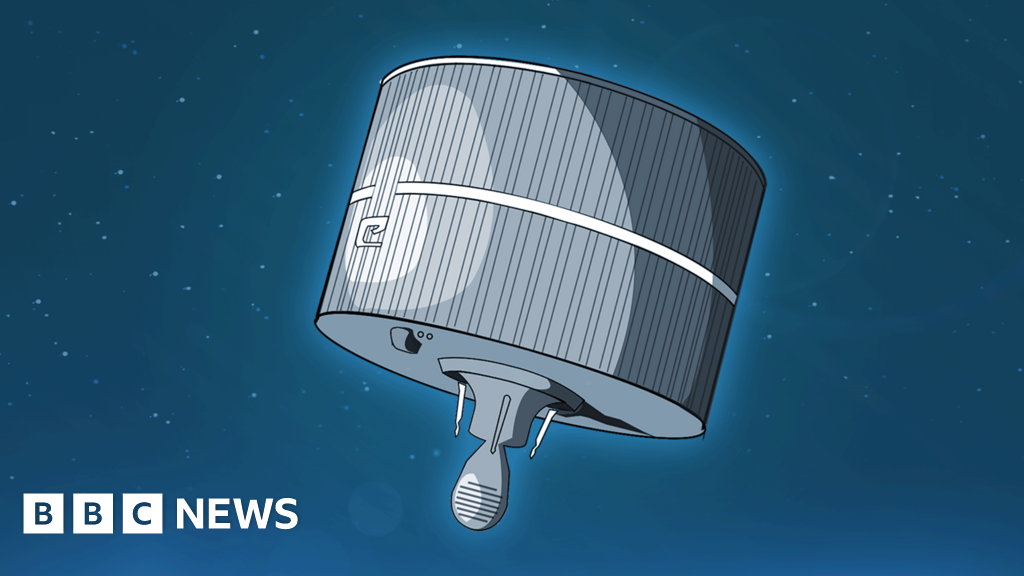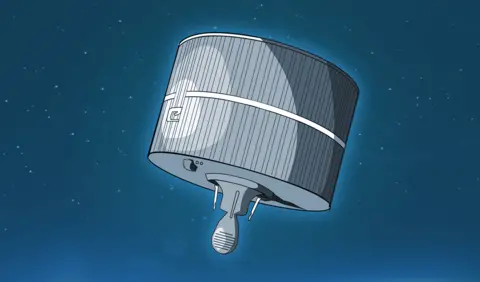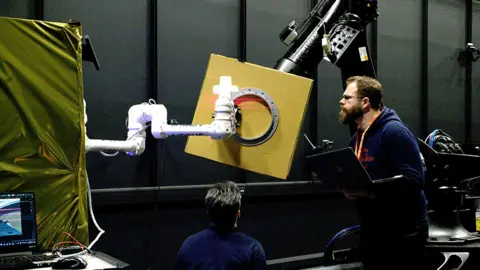Strands is the NYT’s latest word game after the likes of Wordle, Spelling Bee and Connections – and it’s great fun. It can be difficult, though, so read on for my Strands hints.
Want more word-based fun? Then check out my Wordle today, NYT Connections today and Quordle today pages for hints and answers for those games.
SPOILER WARNING: Information about NYT Strands today is below, so don’t read on if you don’t want to know the answers.

NYT Strands today (game #251) – hint #1 – today’s theme
What is the theme of today’s NYT Strands?
• Today’s NYT Strands theme is… Generation jam
NYT Strands today (game #251) – hint #2 – clue words
Play any of these words to unlock the in-game hints system.
NYT Strands today (game #251) – hint #3 – spangram
What is a hint for today’s spangram?
• GrungePop?
NYT Strands today (game #251) – hint #4 – spangram position
What are two sides of the board that today’s spangram touches?
First: top, 3rd column
Last: bottom, 3rd column
Right, the answers are below, so DO NOT SCROLL ANY FURTHER IF YOU DON’T WANT TO SEE THEM.
NYT Strands today (game #251) – the answers

The answers to today’s Strands, game #251, are…
- BLUR
- OASIS
- PAVEMENT
- TOOL
- NIRVANA
- SUBLIME
- SPANGRAM: NINETIESBANDS
- My rating: Moderate
- My score: Perfect
I have slightly mixed feelings about this Strands puzzle. On the one hand, the subject is NINETIESBANDS, and in many ways that’s my specialist subject. I’m a huge music fan (and former music journalist) and the ’90s was my era. Two of the bands in today’s list, PAVEMENT and BLUR, are among my favorites ever, and I have a soft spot for NIRVANA too.
On the flip side, what on earth does ‘Generation jam’, the theme clue, refer to? I have no idea whatsoever. And setting that aside, this may prove very difficult for people who are either too young or too old to be familiar with the likes of TOOL and SUBLIME, who aren’t necessarily household names (or aren’t these days, at least). Still, rather this than yesterday’s silly emoji-based game.
How did you do today? Send me an email and let me know.
Yesterday’s NYT Strands answers (Friday, 8 November, game #250)
- SHAKE
- WAVE
- CLAP
- PRAY
- PINCH
- FIST
- POINT
- PEACE
- SPANGRAM: HANDGESTURES
What is NYT Strands?
Strands is the NYT’s new word game, following Wordle and Connections. It’s now out of beta so is a fully fledged member of the NYT’s games stable and can be played on the NYT Games site on desktop or mobile.
I’ve got a full guide to how to play NYT Strands, complete with tips for solving it, so check that out if you’re struggling to beat it each day.












































































































































































You must be logged in to post a comment Login